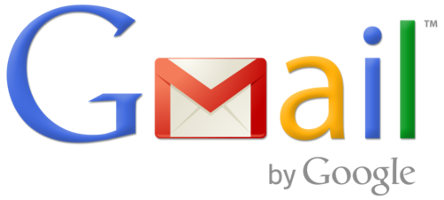
There’s no denying the inbox is increasingly becoming a far more crowded place. I’ve outlined previously the need to build a perfectly optimised preference centre and why responsive design is crucial in order to ensure your consumer campaigns grab the attention of their intended recipient, but now there’s a new challenge.
Google’s overhauling of its email client may put users “back in control” of their account, but for marketers, it’s rather problematic. The new function allows uses to segment their emails into categories; primary, social, promotions and updates – with only their important contacts making up their “Primary” inbox. Just the kind of change marketers must respond to promptly.
The action of an email appearing in the inbox acts as a reminder and often prompts an immediate response from the recipient, whether that be simple engagement or a key call to action, such as clicking through to the online store. These touch-points in many cases are specially timed and designed to land in the inbox at the “moments of truth” which are critical to successful customer lifecycles.
Now, users have to actively seek out your newsletter in order to read it. It’s not immediately delivered to them. Google’s essentially created an additional step in the communication process. Sure your customers’ inboxes may be cleaner as a result but they are now potentially bypassing your content, whether intentionally or not. So what does this mean in practice?
It’s no longer necessary for users to want to occasionally receive your newsletter, they now ‘need’ to receive it.
For starters, the relationship between the brand and the customer is suddenly slightly fragmented in a new way. The impulse of an email landing and immediately being interacted with is gone. Up until now marketers have been focussed on delivering valuable and engaging content, rooted in customer insight. Now they also have to continuously create a need for recipients to open and consume their content on a weekly, fortnightly or monthly basis – depending on the frequency of their email newsletter.
It’s no longer necessary for users to want to occasionally receive your newsletter, they now ‘need’ to receive it. It’s therefore up to marketers to promote adding their details to customers address book, starring the email, to make sure it remains in the primary category. That’s the most important factor affecting performance. Ultimately this is only going to come about by producing useful content – and in this regard, email marketing has certainly not changed.
So whilst at first glance the idea of imposing filters may feel unyielding and rigid, I don’t think it’s as scary as people believe. I appreciate the attempt to organise mail, but in order for it to become a valuable proposition in the long-term I think it would be more useful if users are able to customise it for their own purposes, rather than having to follow the rules dictated to them by Google.
That said there are some commentators who believe that categorisation will actually enable consumers to read more commercial emails since they will be in much more control of it. They will be able to search for email content via the promotions tab, and use it as a filter to find specific offers, rather than having to sift through hundreds of emails, which may contain similar phrasing, but be largely irrelevant. Clear differentiation with the “from address” and “subject line” will play a vital role in helping certain messages to standout; however a more keyword orientated strategy might help too. Whilst being starred is likely to massively increase your engagement overall, getting emails opened, even in the promotions folder, will help to increase their effectiveness even further.
In the coming months, I predict we’ll likely find email marketers using incentive tactics to encourage starring and other tricks with content and positioning to make messages stand out more prominently. Before if you had a promotional email sandwiched in between two from personal contacts it stood out, regardless of what the content said.
Now, with all these messages grouped together only the most innovative stand a chance of captivating the recipients’ attention. The power of your offer and the way you communicate it to your consumers will become even more critical in the months to come.
As with all new online innovations, users will need to adapt to it and learn to benefit from using tabbed filters. Anything that helps users make better sense of their email is likely to benefit the email marketer in the long run. That said marketers must acknowledge the need to tailor their messaging accordingly and make sure each categorised section of the inbox becomes a destination, with their content being the focal point. Marketers who are clever and refine their offering to be essential reading will be able to capitalise on this trend, and in turn build a more engaged audience for their email campaigns.
If anything the quick win marketers are likely to lose out – legitimate, professional marketers who follow best practice and deliver relevant content are the ones likely to benefit the most. That said, open rates for commercial emails will inevitably fall, at least initially as result of these changes, before users learn where and how to find the content they care about. The long-term effect on eCommerce won’t come to light for several months.
So whilst we may see some people driven away from solus formats, the role of the email will become even more important. Those that do resonate will be even more powerful motivators and influencers of customer behaviour. Why? Because they’ll require a greater level of effort from the recipient beforehand and as a result they’ll be engaged and more likely to respond to your call to action.






